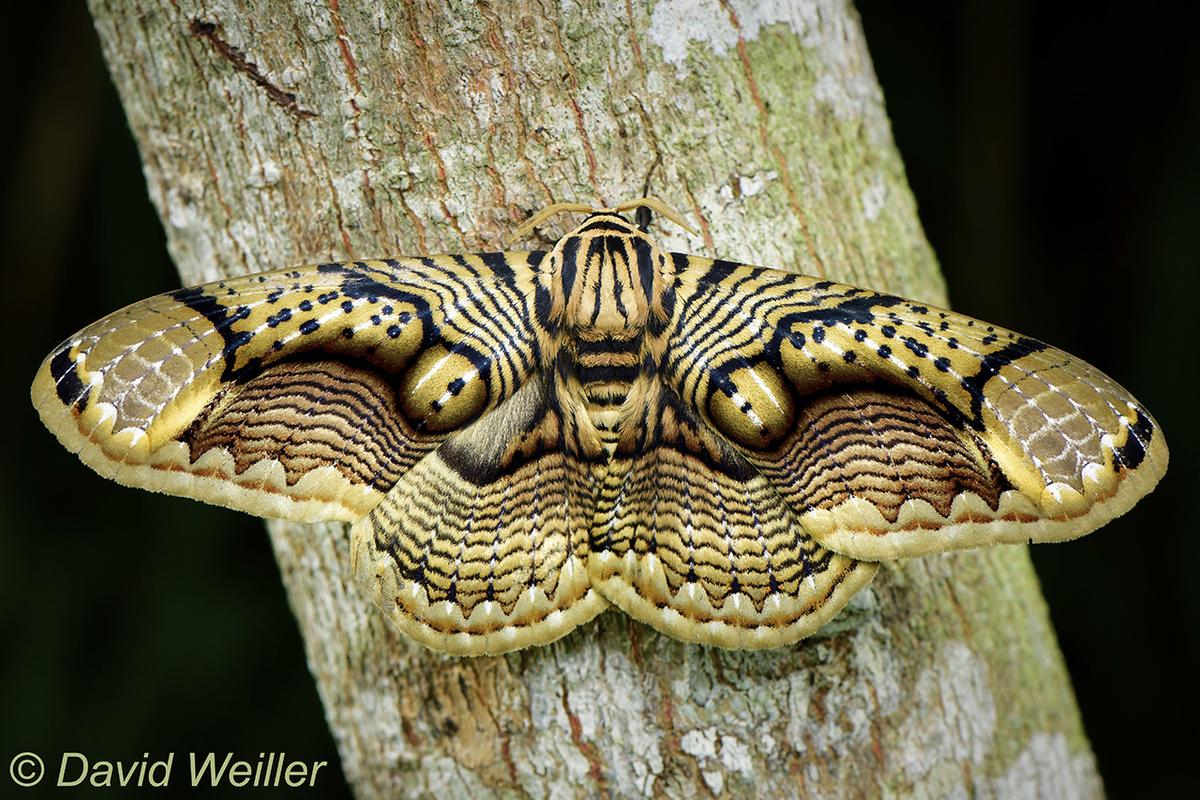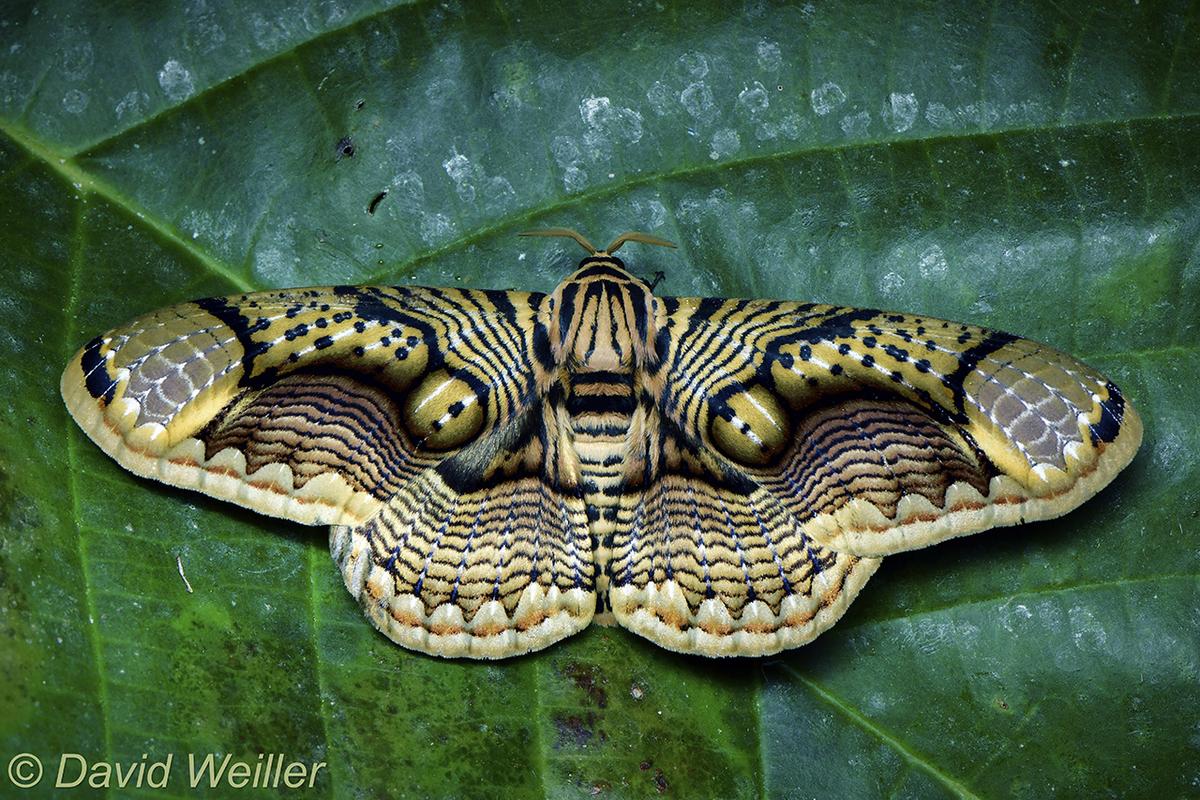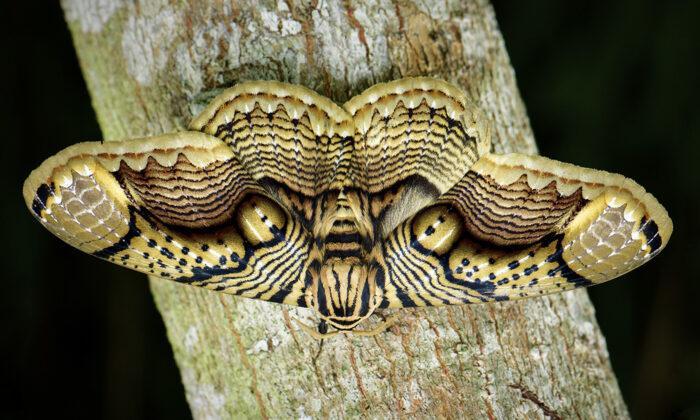For many avid outdoorsmen currently spending a lot more time at home, enjoying wildlife photography online may be their only outlet with mother nature these days. Some extraordinary footage from French wildlife photographer David Weiller is going viral, and it might be worth a look.
Weiller’s high-definition close-up photography reveals the staggeringly beautiful patterns of the giant brahmin moth (Brahmaea hearseyi) of Asia, stunning netizens far and wide.

“My hobby is wildlife photography and shooting videos of wildlife in various rainforests around the world,” Weiller told The Epoch Times. "This was a lucky find, as [the moth] was attracted at night to the light of my bungalow in the rainforest.
“When I saw it, freshly hatched and with its striking patterns, I was so surprised.”
On March 4, the photographer observed the giant brahmin moth fly around his outdoor light for a short while before settling for its night’s rest upon the trunk of a nearby tree.
It was at this point that Weiller decided to reach for his camera. Expertly and unobtrusively, he proceeded to set up his tripod, camera, and macro lens. The photos and video footage captured depict the moth, almost completely still, slowly generating warmth by flapping its wings. Its intricate wing patterns, caught in high definition, are mesmerizing to behold.

“Moths are relatively easy to take pictures of in the cold hours of the early morning as they are not yet warm enough to fly away and stay relatively still,” Weiller explained. “The next morning, at dawn, it was still sitting quietly on the same spot.” Minutes later, Weiller experienced the sunrise in the company of his beautiful photo subject before watching the moth flutter off.
The parallel wavy lines on its wings, the wildlife photographer explained, are exemplary of the graphic patterns shared by the entire Brahmaeidae family of moths. Weiller pointed out the “electrocardiograms” appearances of the hind wings and the “tiger-skin” effect of the fore wings.
Brahmaea hearseyi belong to the brahmin moth family, consisting of seven different genera and nearly 40 moth sub-species. As one of the most striking members of its family, the giant brahmin moth’s brown-colored “tiger-eye” wing pattern is its most outstanding feature.
Weiller’s footage of the giant brahmin moth is a reminder of nature’s perfection in exquisite detail for those aching to get out again and enjoy her treasures.





